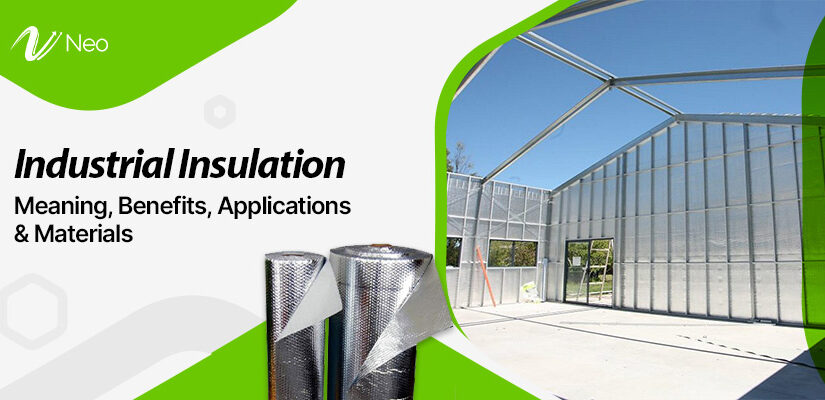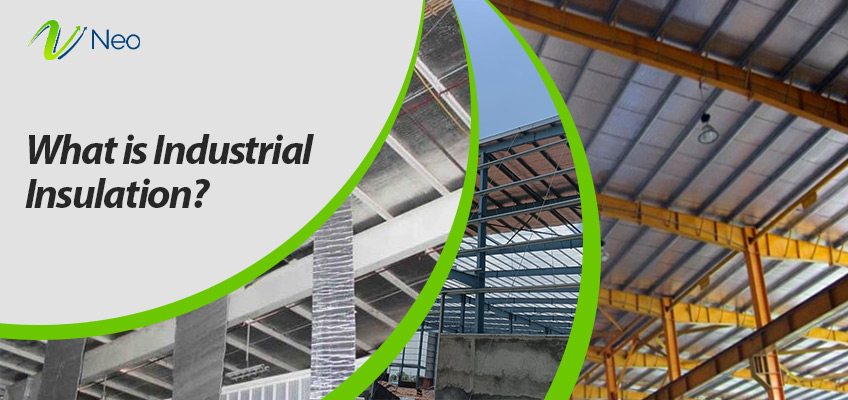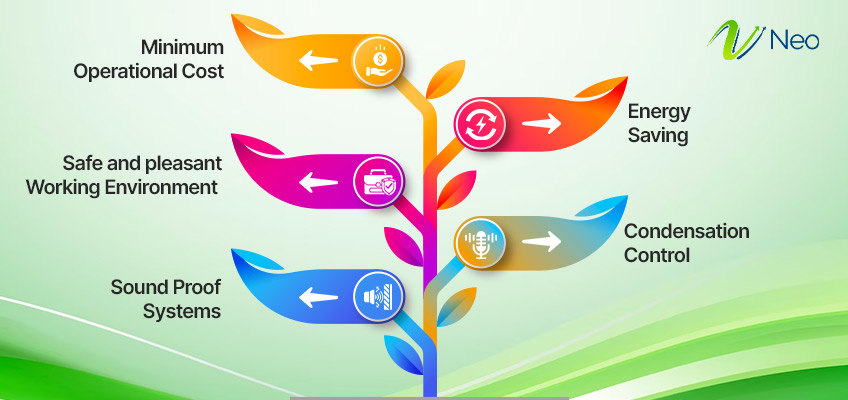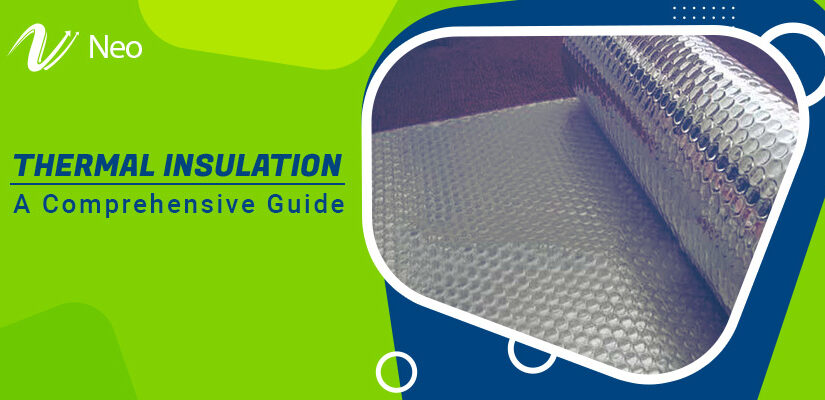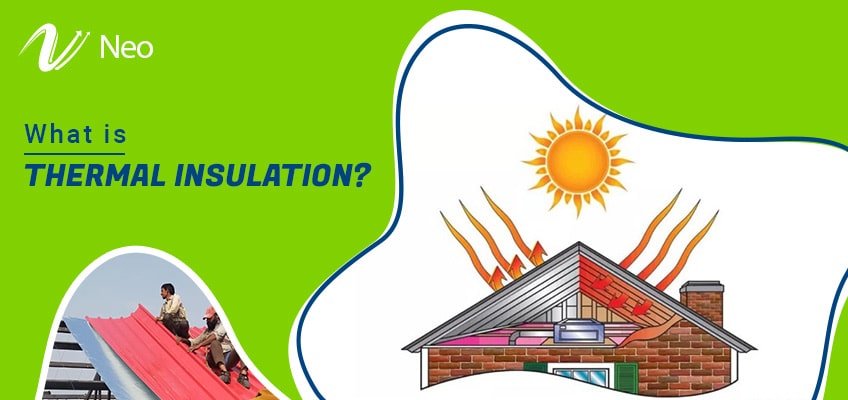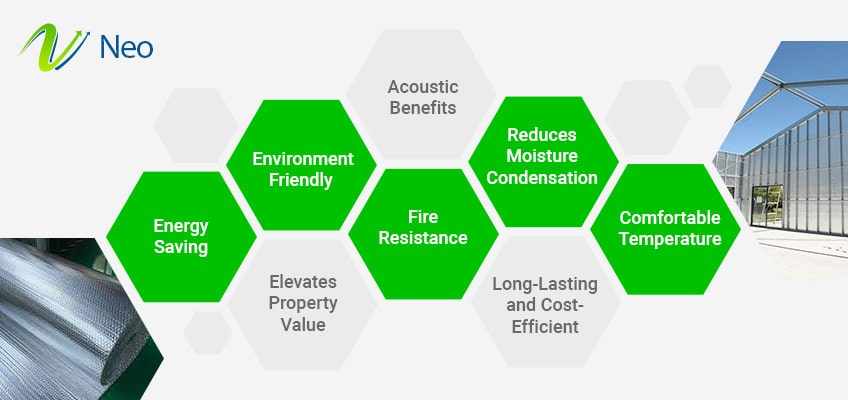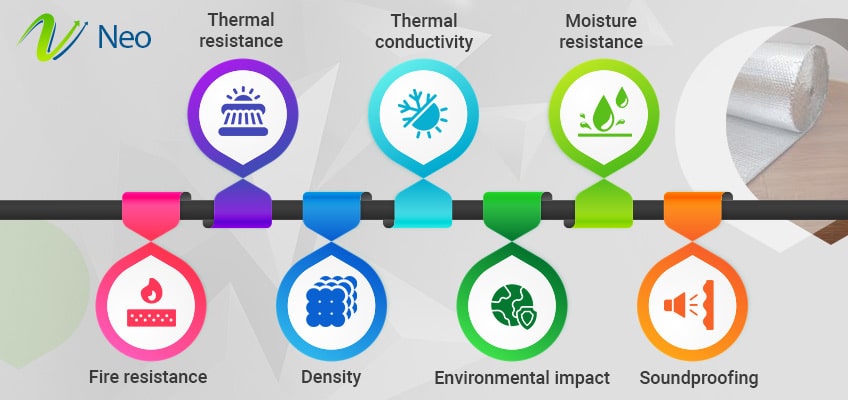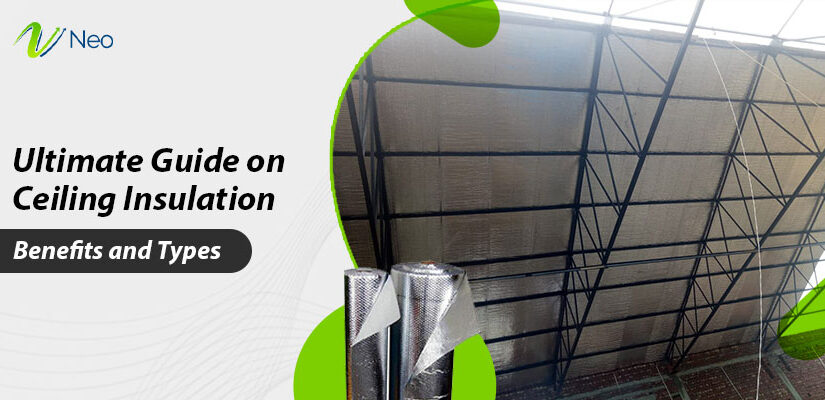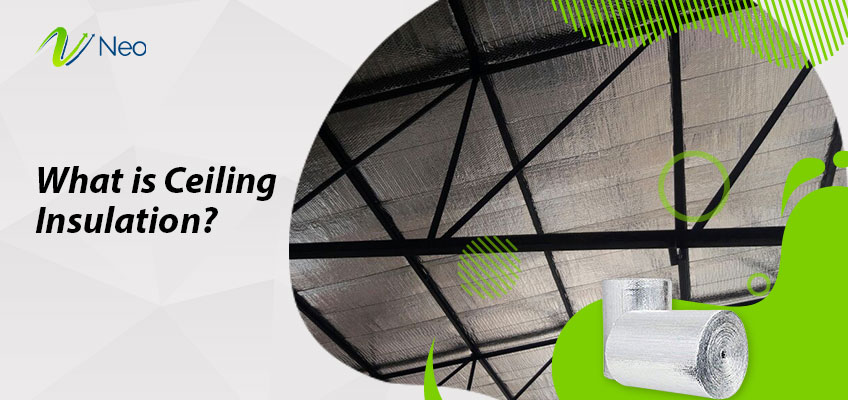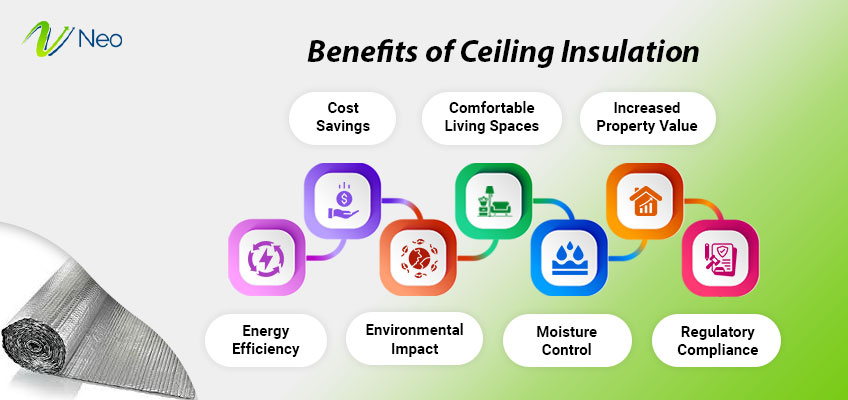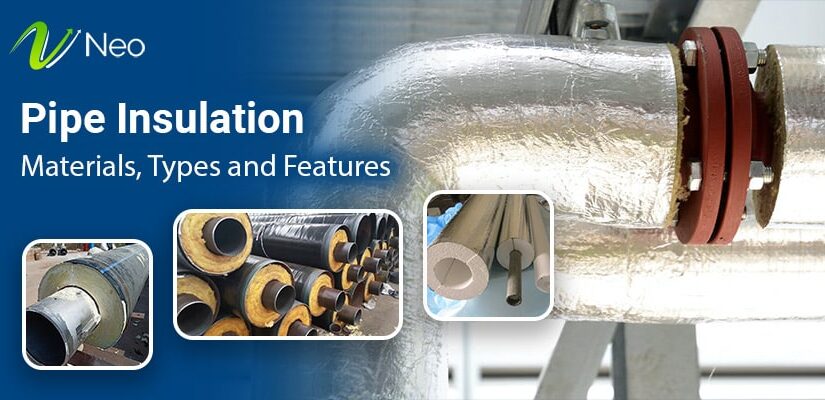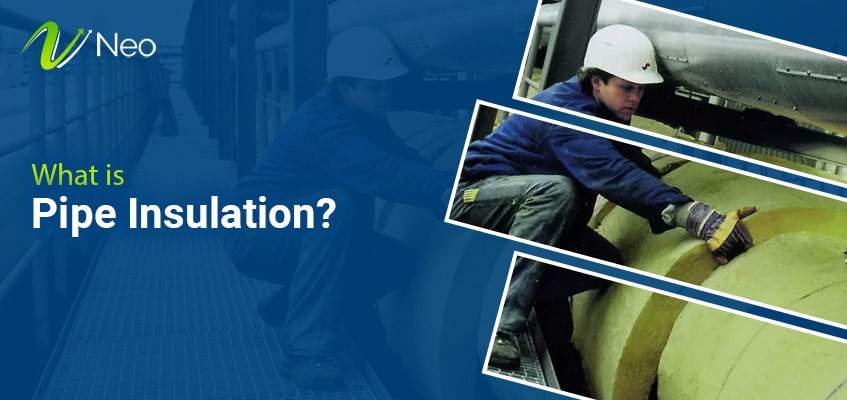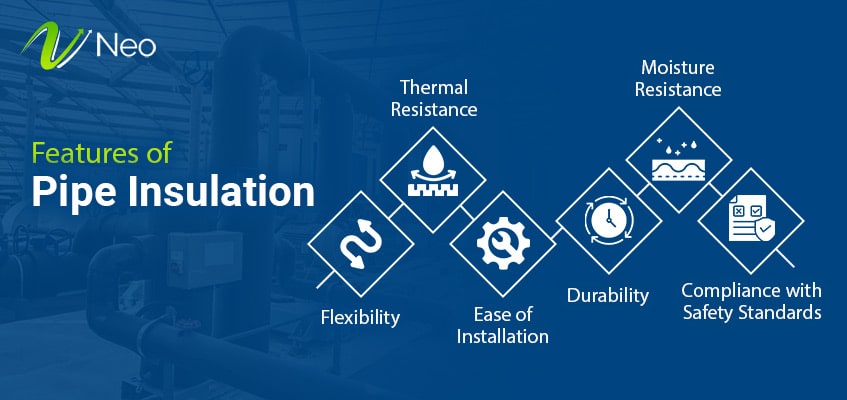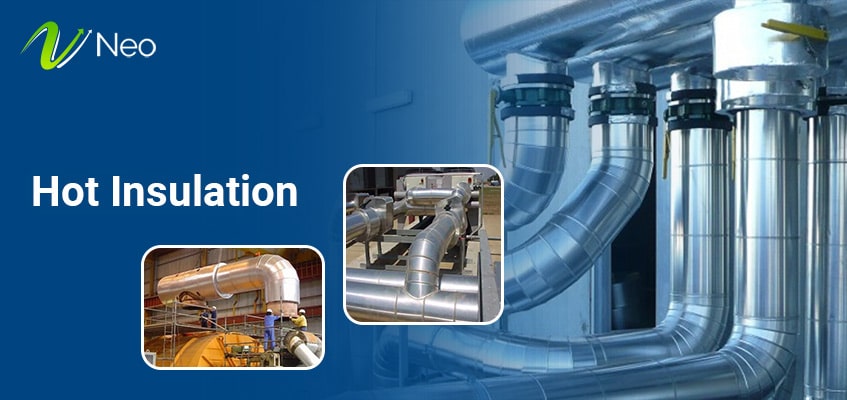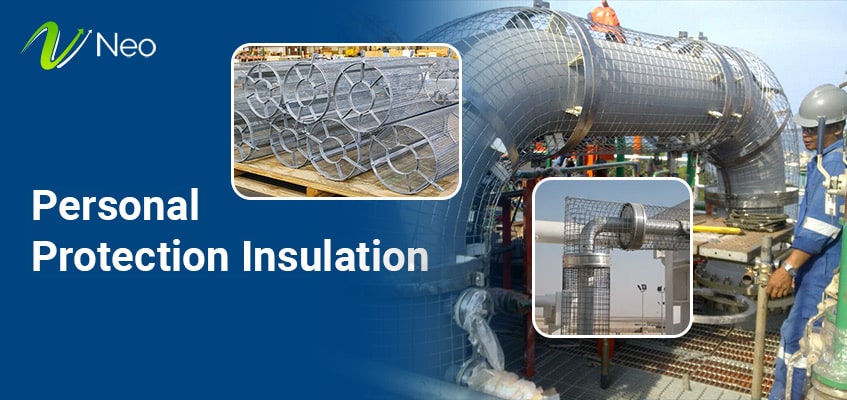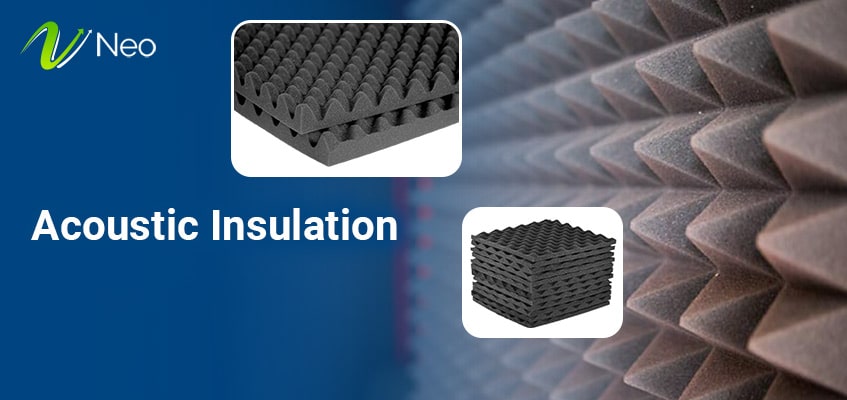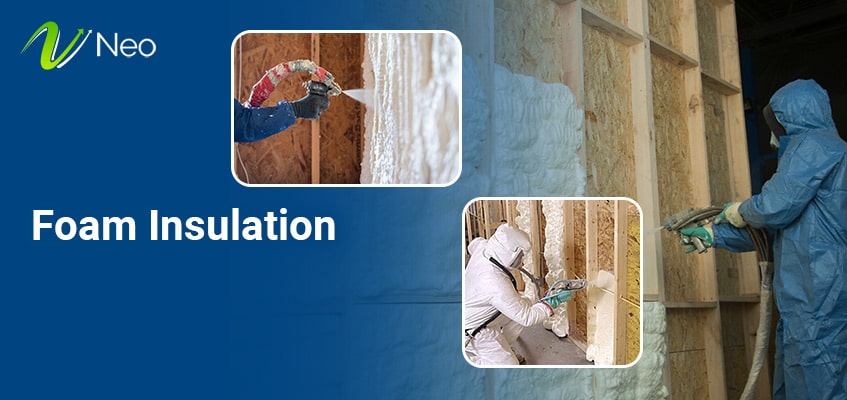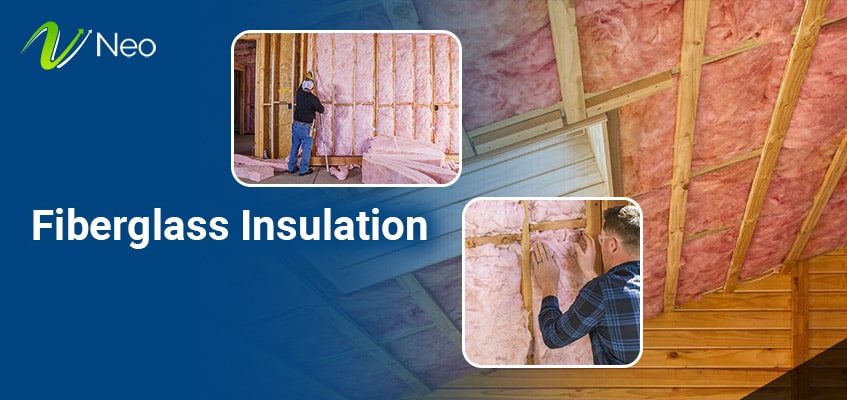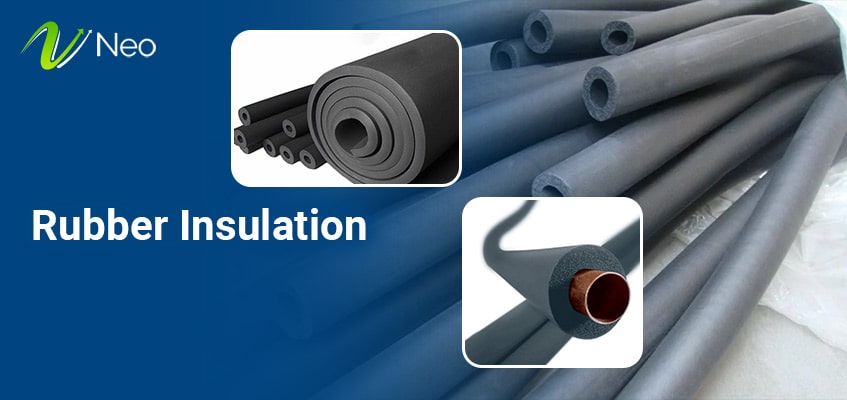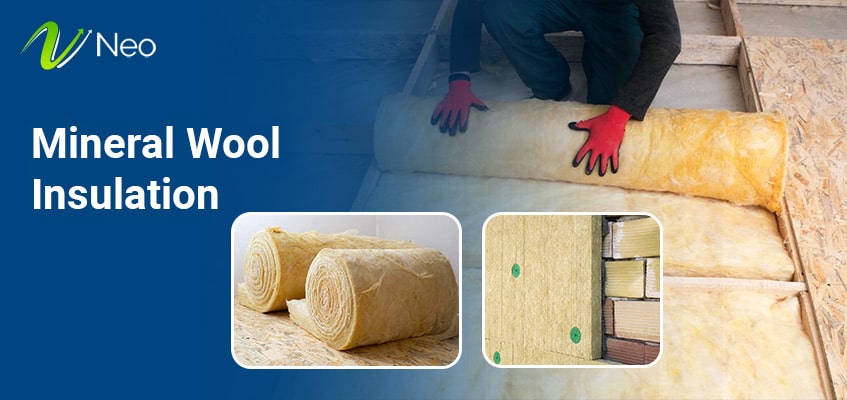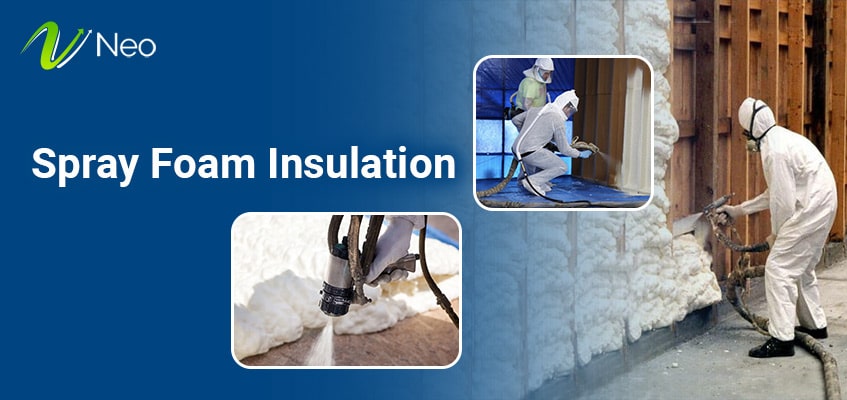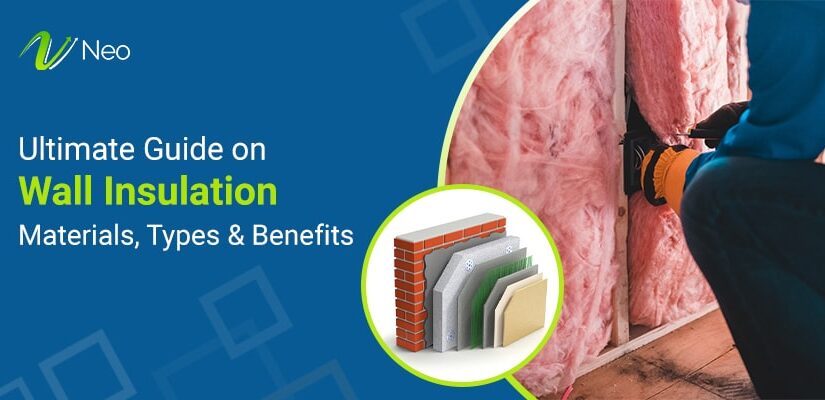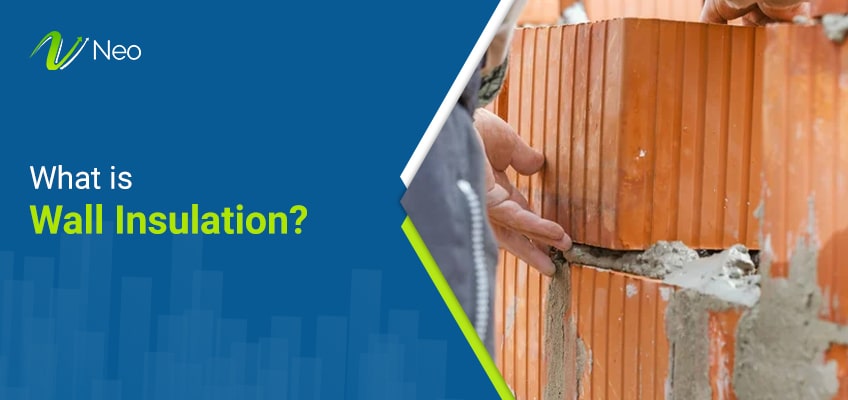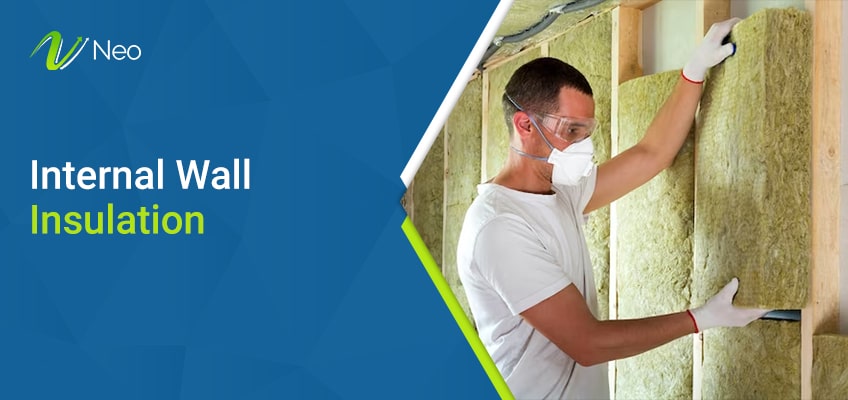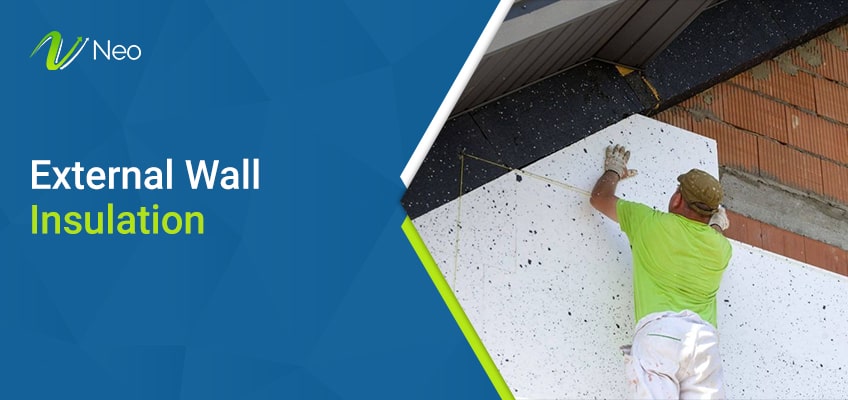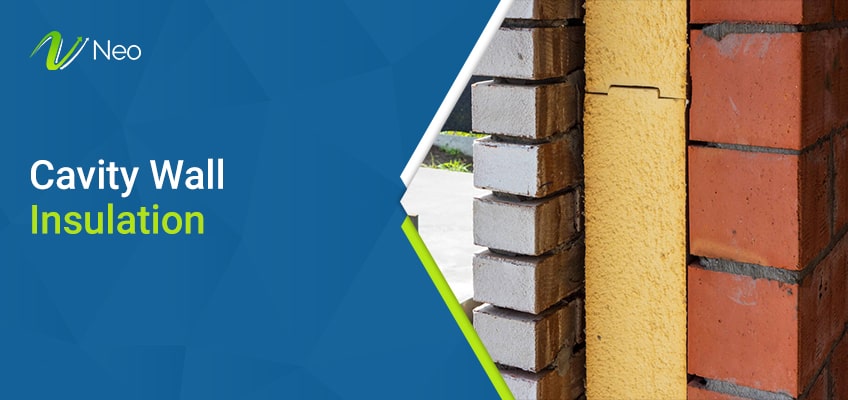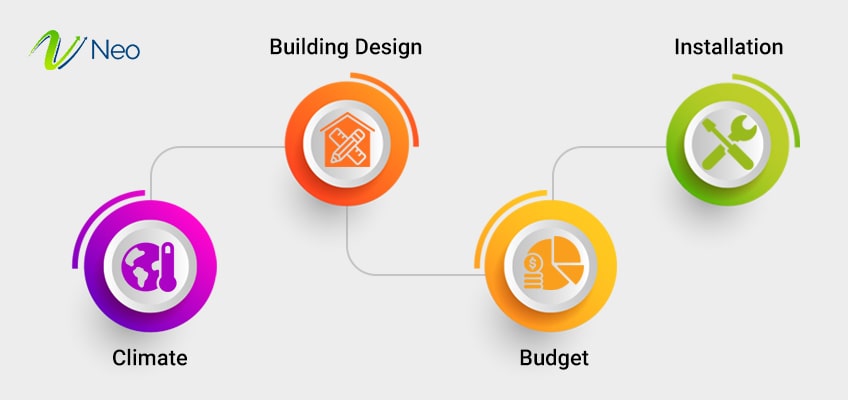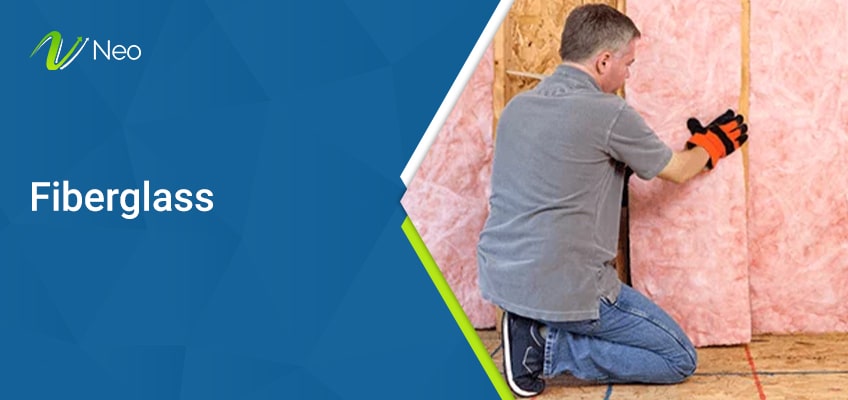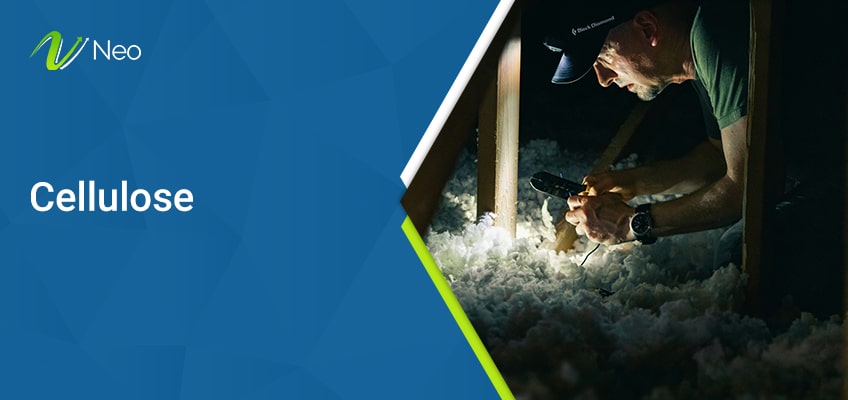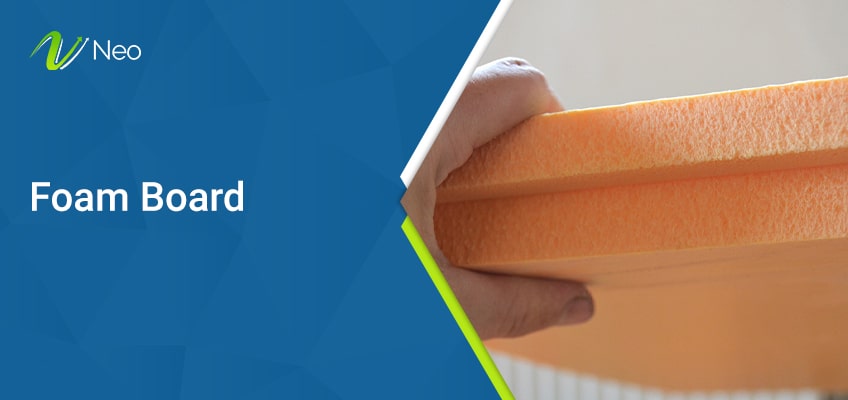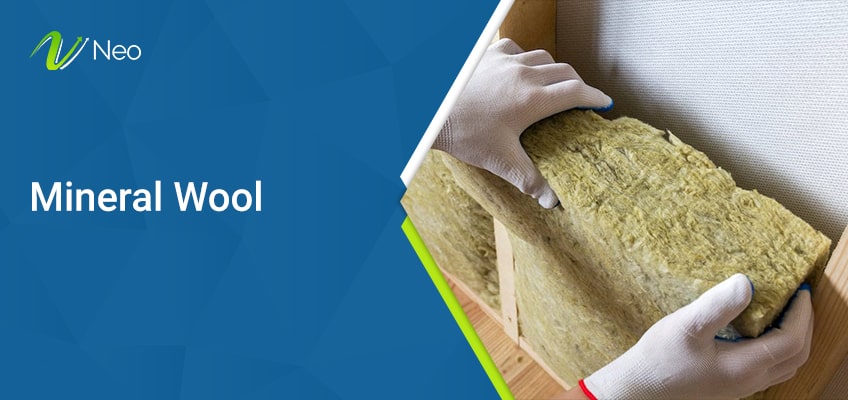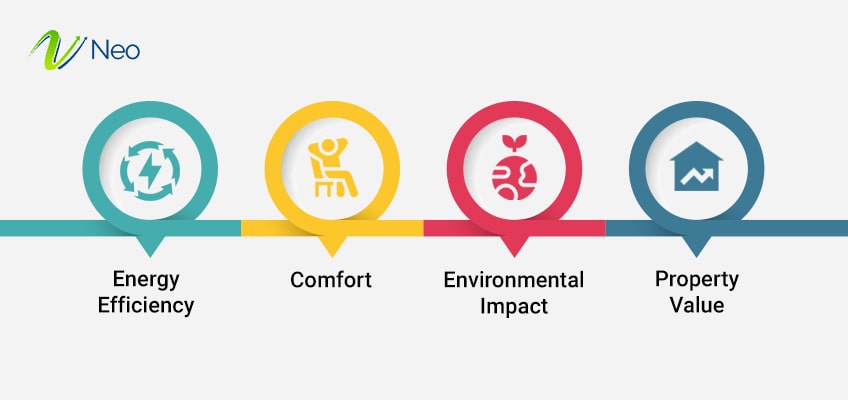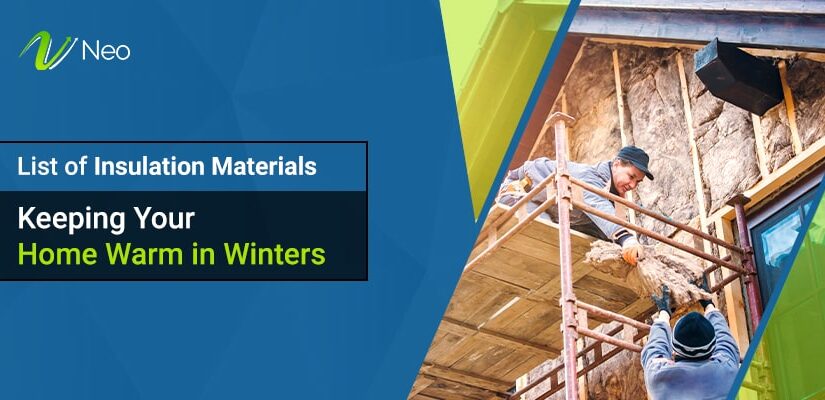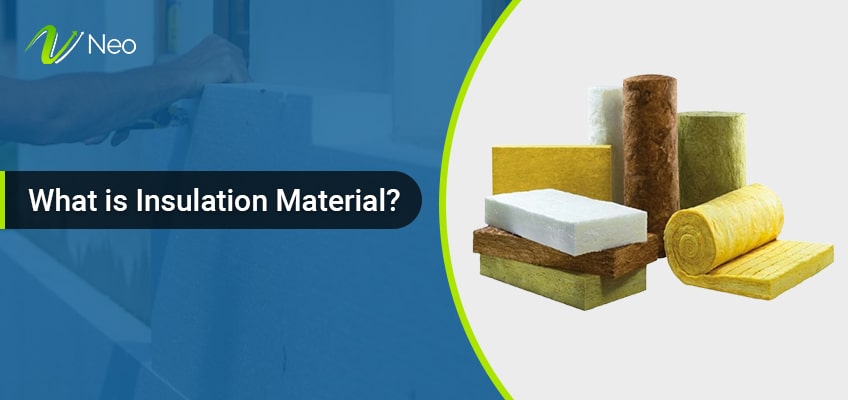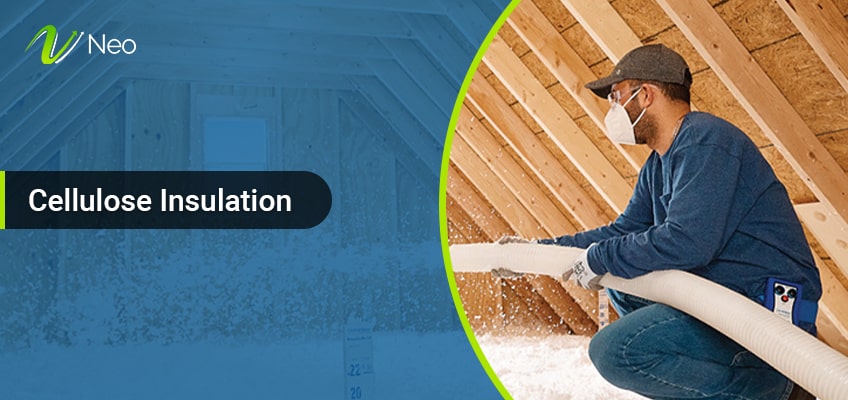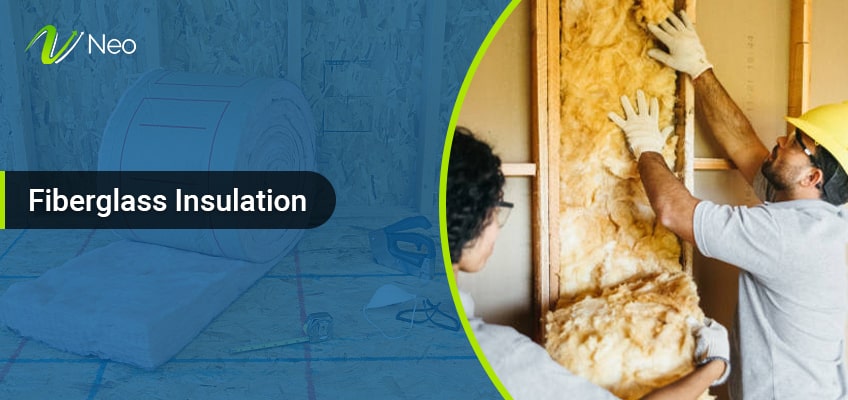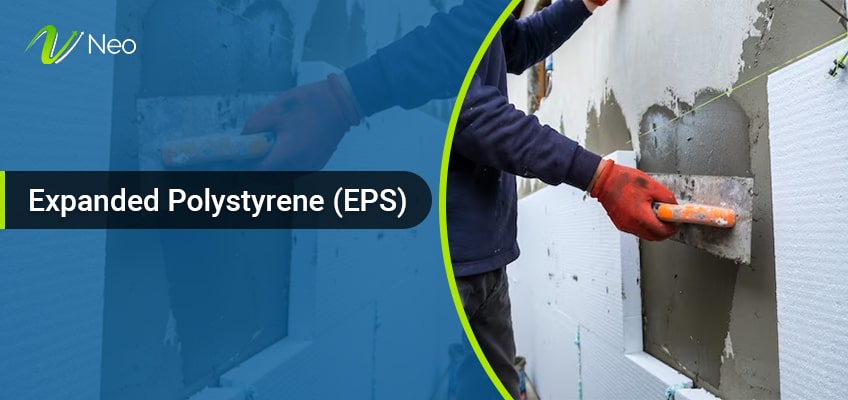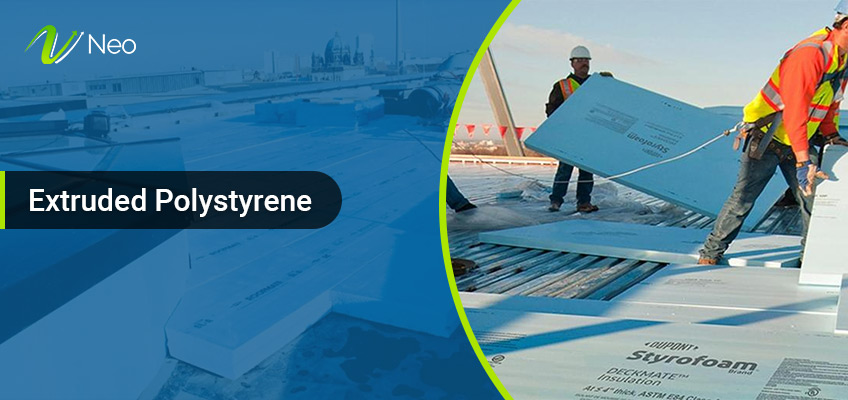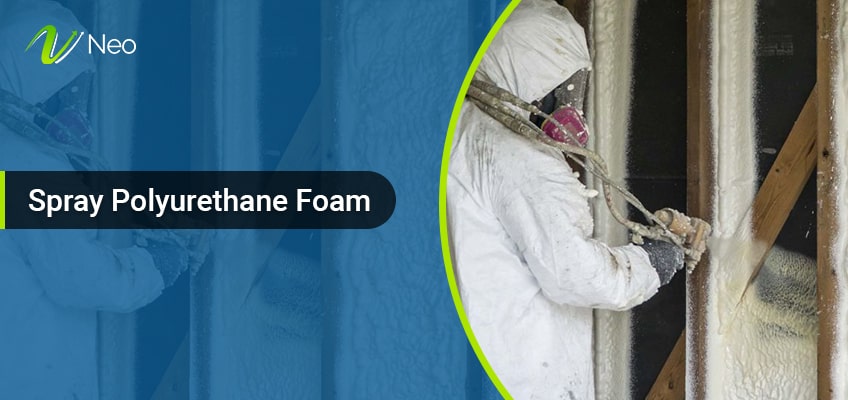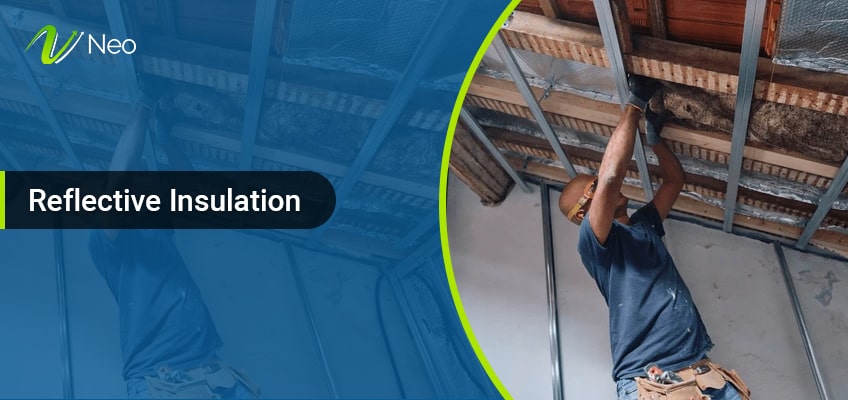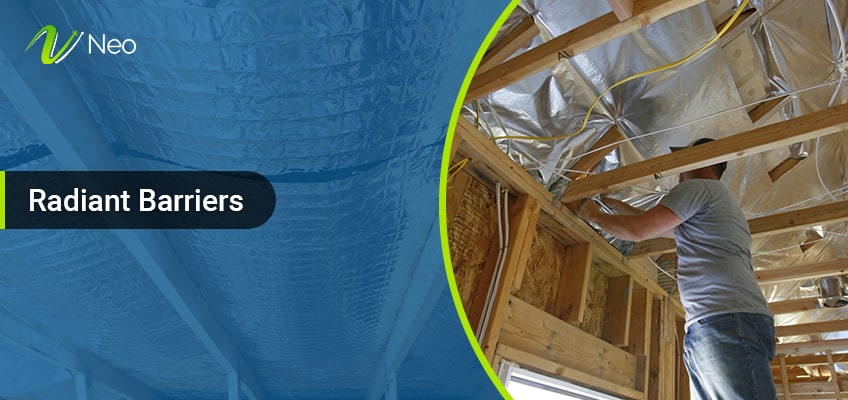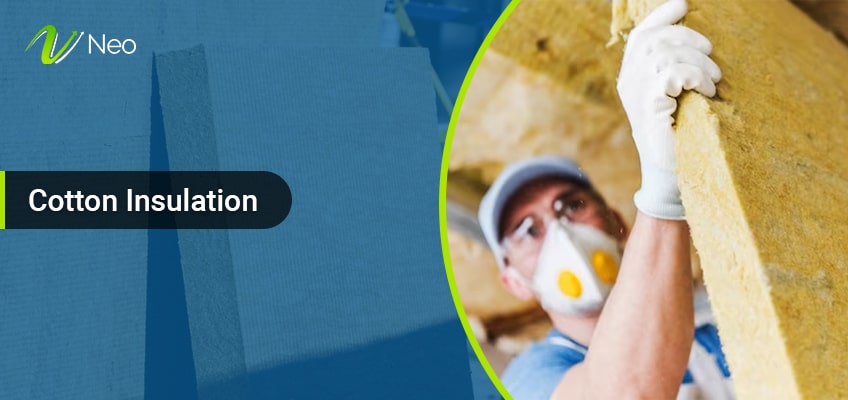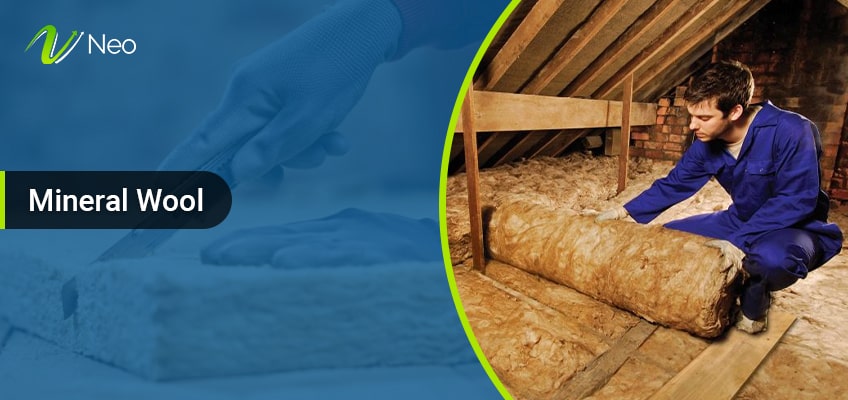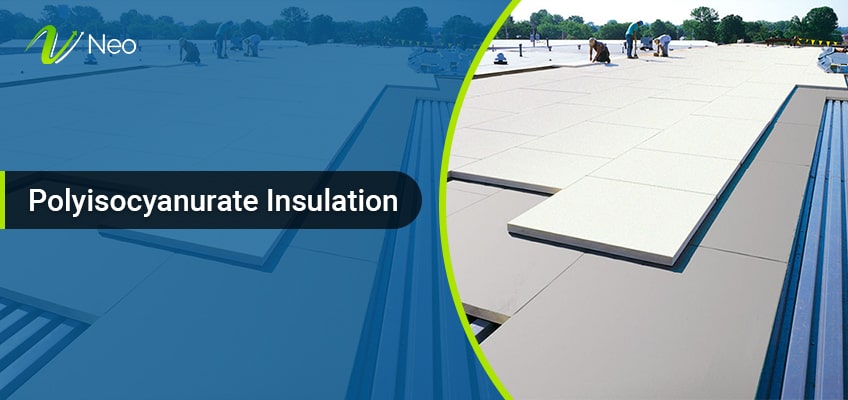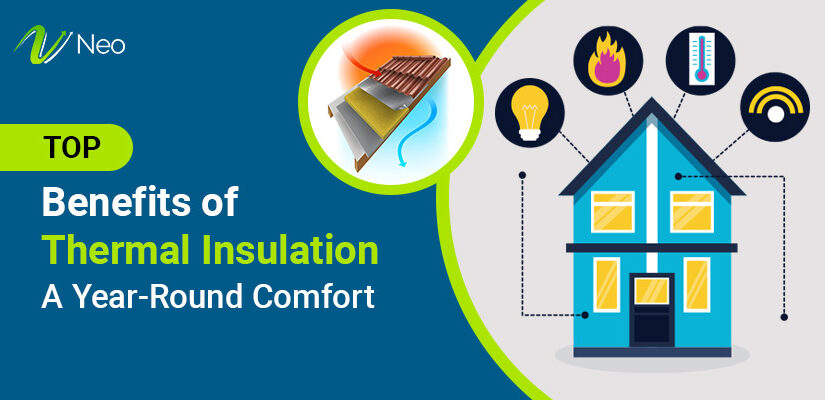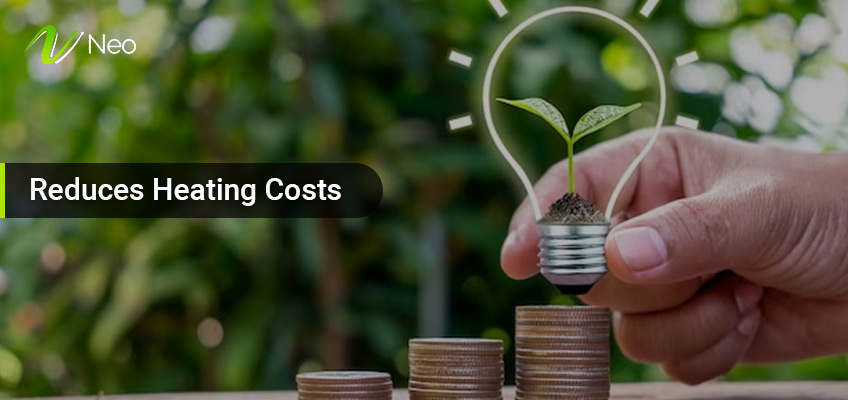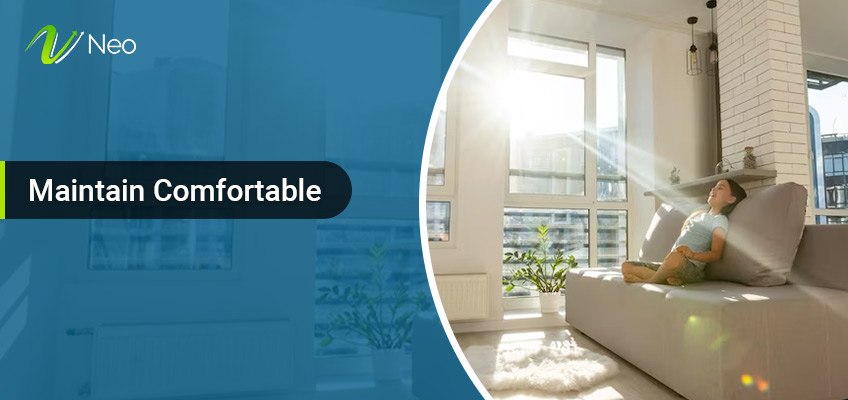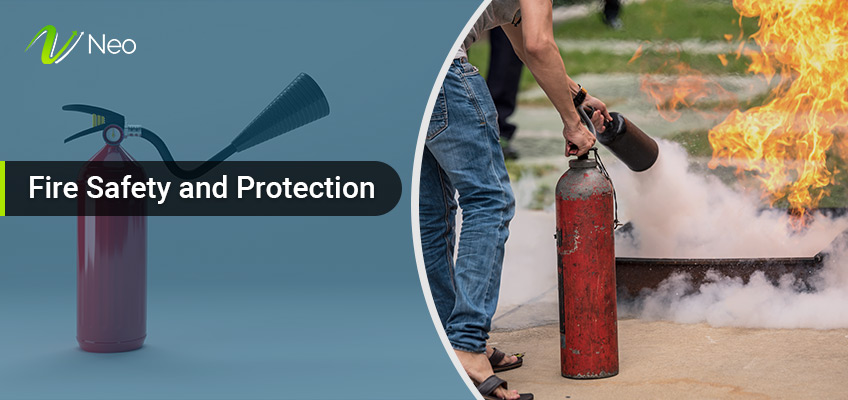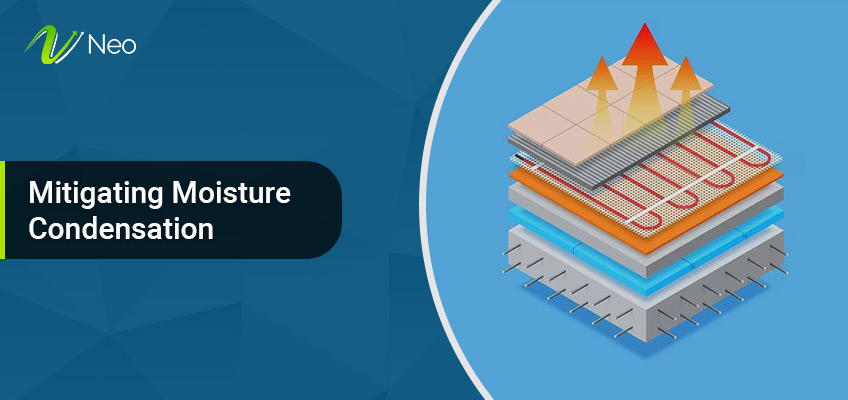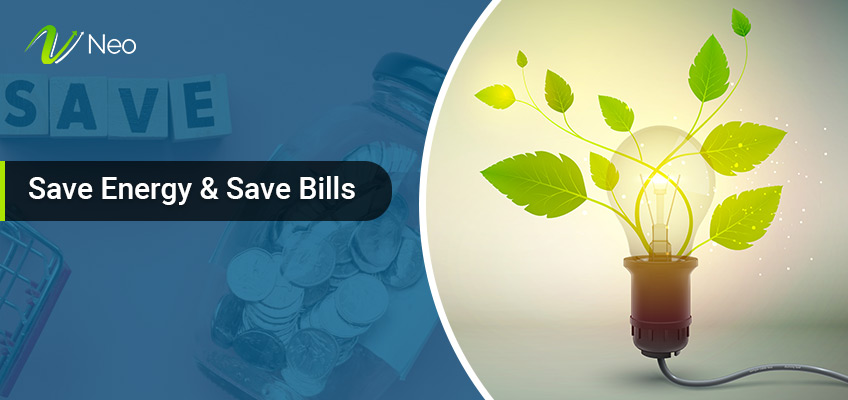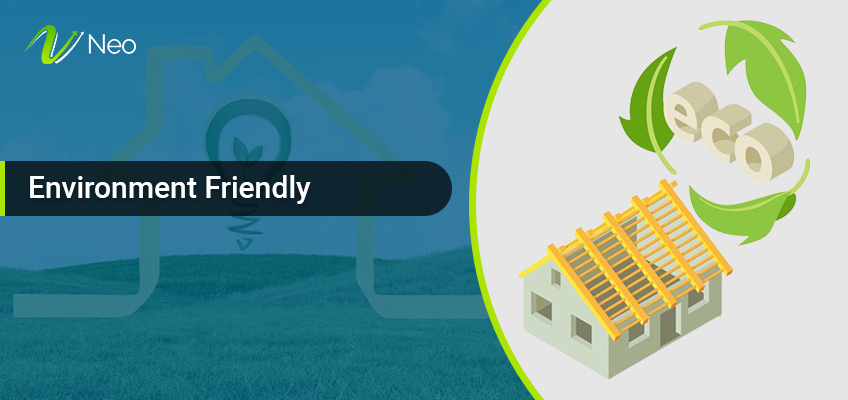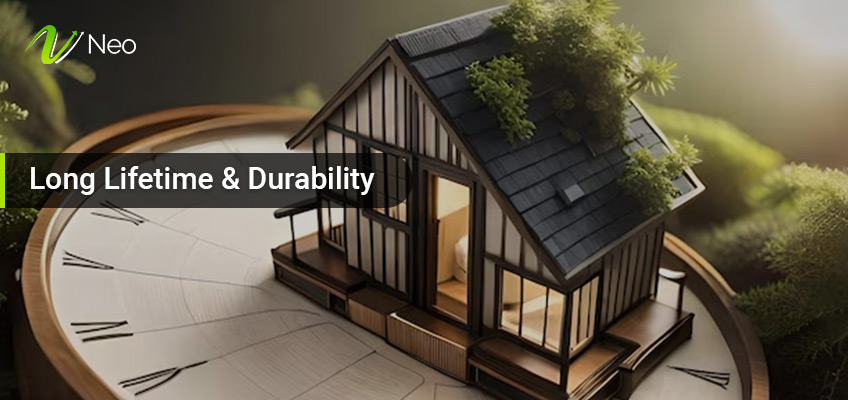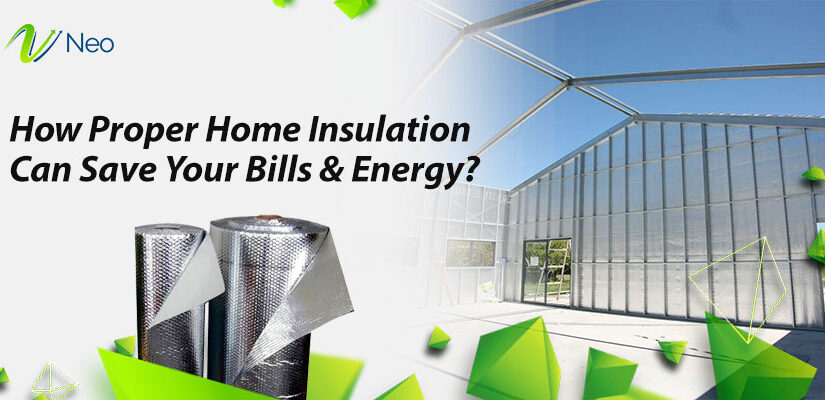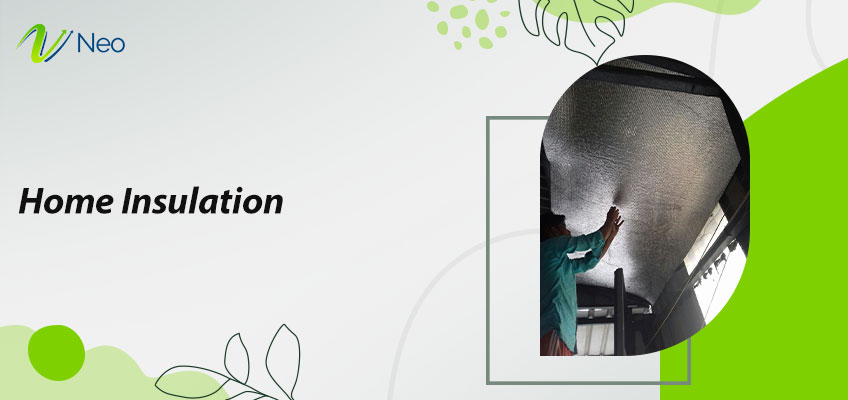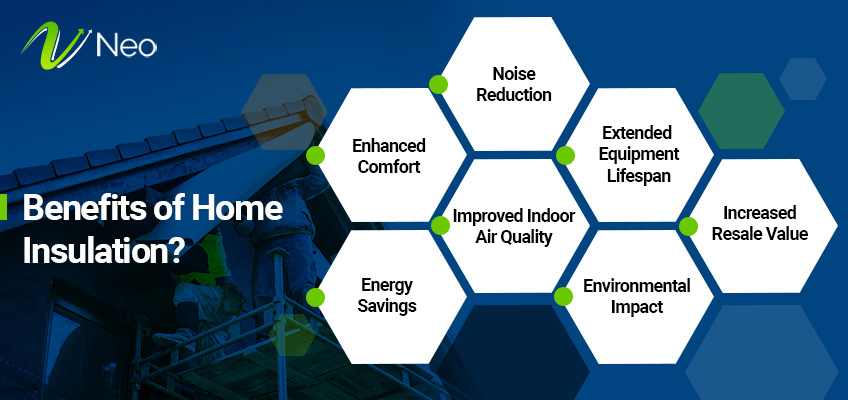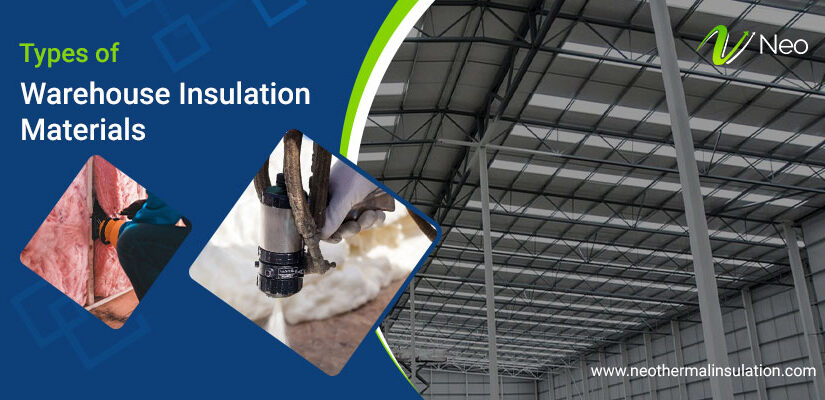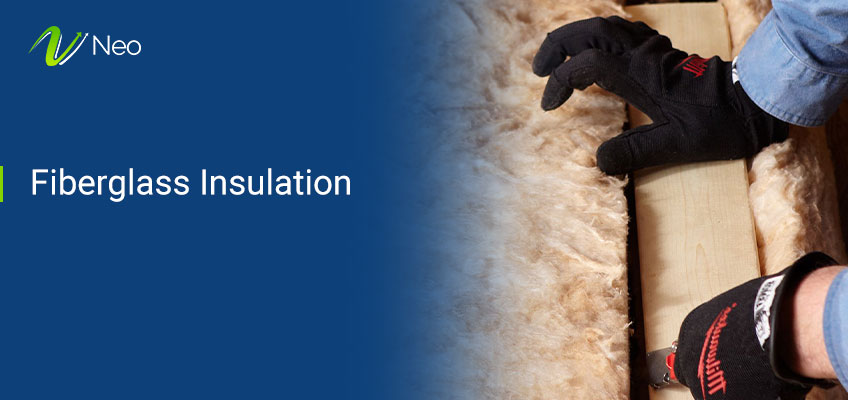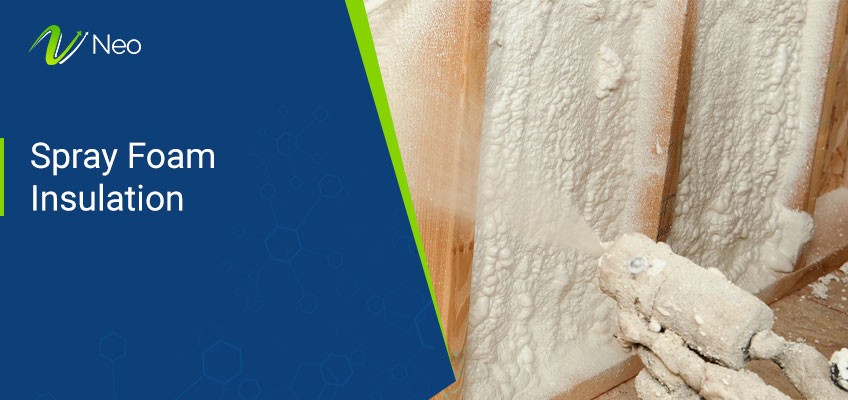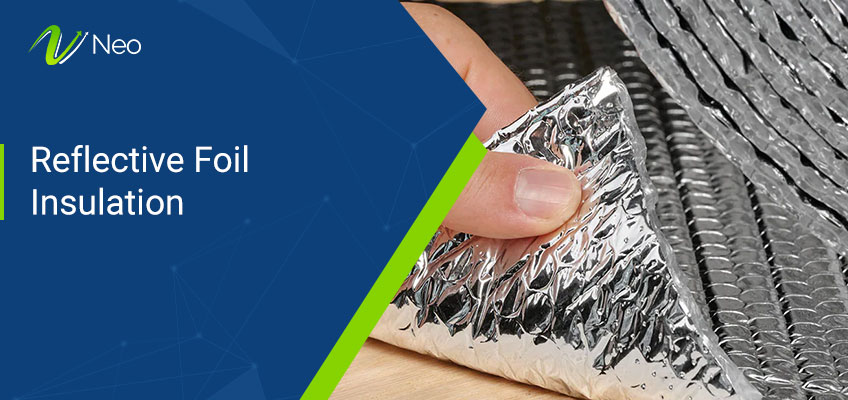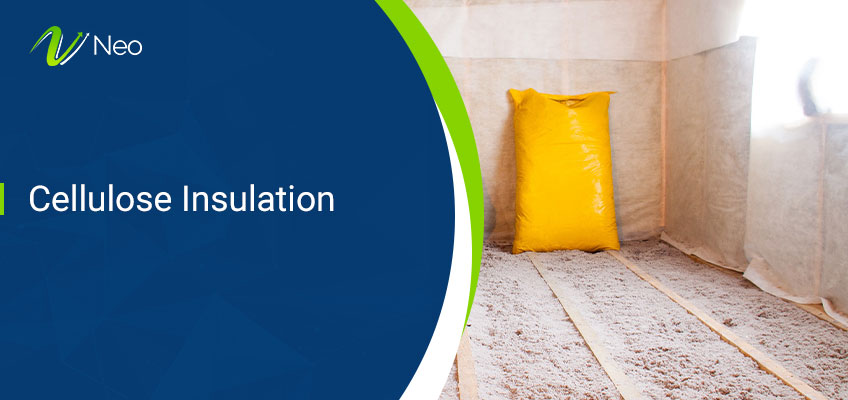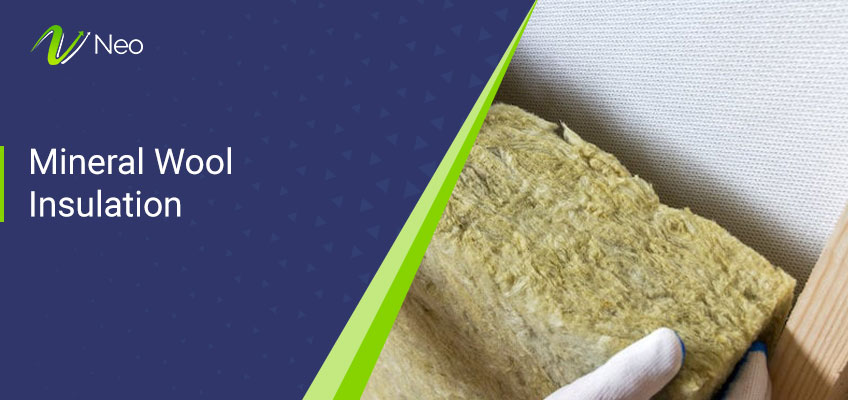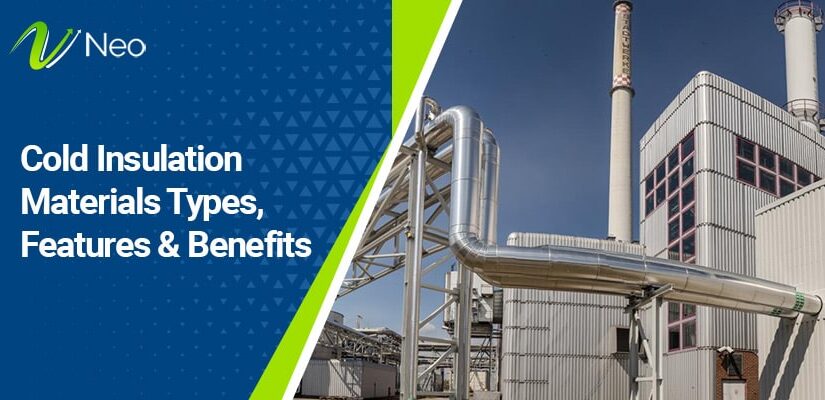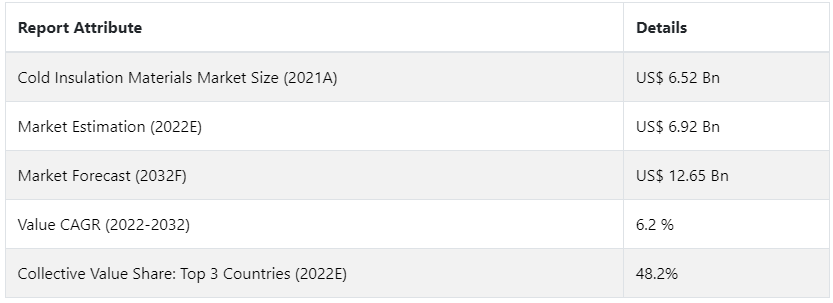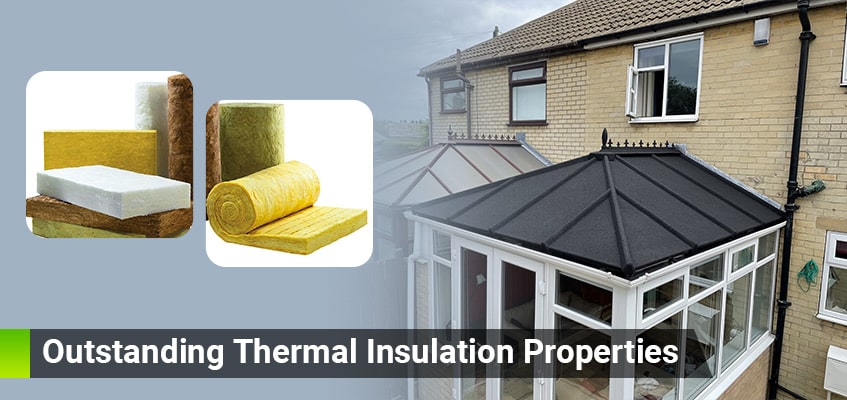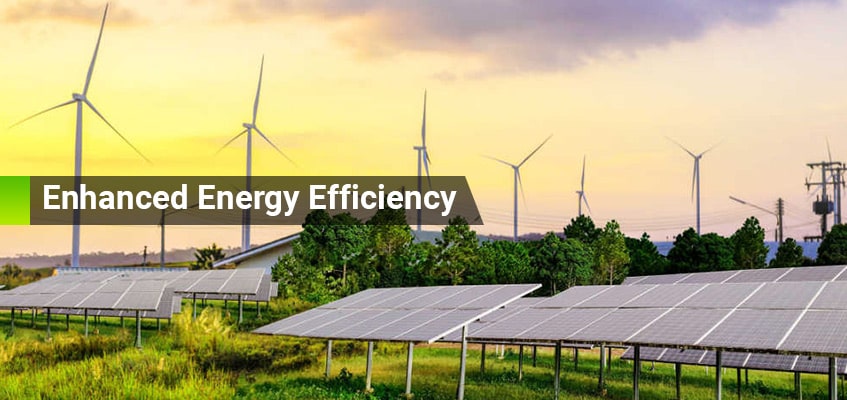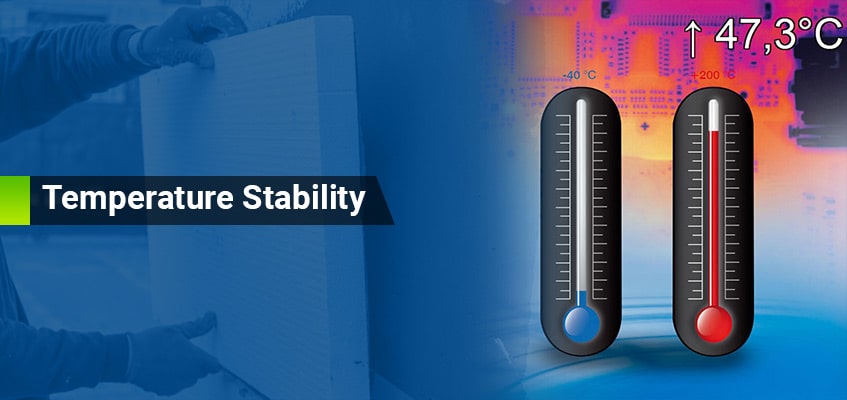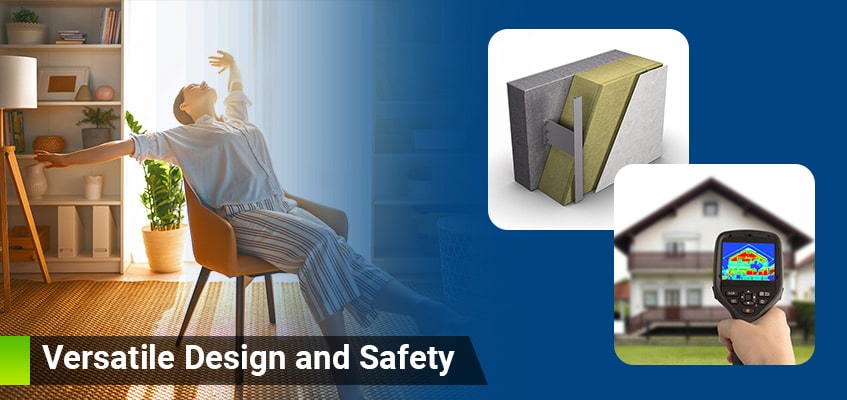Nowadays industrial insulation is commonly practiced in the industrial sector via which companies and factories can save energy in multiple domains and sub-domains like manufacturing, power generation, oil refining, etc. Hence, be it food processing, power generation, or stabilizing and controlling process temperatures, thermal insulation solutions play a critical role in the modern industrial space
Insulation is not a new phenomenon as in ancient times mud was one of the largely used industrial thermal insulation materials known for its cooling properties for building homes. People used to put straw and mud between logs to insulate their houses.
Over the years, insulation has evolved extensively, and nowadays we use a variety of industrial insulation materials ranging from bulky fiber materials such as cellulose and fiberglass to sleek foils to rigid foam boards, etc. Every material has its unique properties and usage. That’s the reason the insulation industries market is so humongous as it has something valuable to offer to everyone.
To cut a long story short, a business can avail of insulation services from any of the trusted industrial insulation suppliers and manufacturers to save energy and cost and create a safe and pollution-free environment for its workforce.
Industrial Insulation: An Overview
Industrial Insulation in simple words is used to control or regularize temperature. It is used around the globe in power generation plants, refineries, and manufacturing units. When a building is constructed, factors such as global warming and limited energy resources must be considered. The focus should be on constructing buildings that are energy efficient.
Thermal insulation is one such way that can optimize the use of available resources to save and conserve energy. Insulation is a great way to save more than half of the energy to provide good and stable interior conditions.
The thermal insulation industry is making millions by installing effective insulation systems within organizations to protect and safeguard the internal environment. Insulation industries use modern insulating materials that have the characteristic to control and maintain any building’s internal environmental conditions by minimizing its operational energy load.
Protect Your Equipment and Workforce with Premium Industrial Insulation.
Applications of Industrial Insulation
Pipe insulation
NEO Thermal Industrial Pipe Insulation Solutions are the ideal choice when it comes to addressing issues like providing thermal and sound insulation or protecting from fire with the help of a single product. They are the perfect choice for a full range of applications and temperature changes.
Tank and Vessels Insulation
Industrial Storage Tanks and Vessels are available in a wide range of shapes, sizes, and temperatures. The type depends on the needs of the process; however, one common thing is the need for effective insulation that meets all process requirements to ultimately protect personnel from uneven temperatures and surfaces.
Industrial Ovens and Kilns
An industrial oven is a device used for creating high temperatures to condition metals, heat treat parts, and cure metal coatings. The Kiln is also a high-temperature thermal processing device used specifically when there is a need to burn or harden any sample. Neo Thermal has years of experience in installing Industrial ovens and kilns in various industries.
Acoustic Insulation
Acoustic Insulation greatly helps protect occupants from noise pollution so that one can feel a sense of comfort and privacy. It is typically designed to minimize the noise transfer inside and outside your home or office.
Chimney Insulation
Thermal Insulation of Industrial Chimneys is a great way if one wants to prevent corrosion of the internal steel channels. With Neo Thermal Industrial Chimneys, you get quality-driven products at affordable prices for your office and residential spaces.
HVAC System
Cellulose, rock wool, spray foam, and fiberglass are the most common types of HVAC Insulation. Each type has its own benefits and limitations, for example, the property to resist fire and thermal insulation.
Equipment Insulation
With sustainable and eco-friendly equipment insulation solutions of Neo Thermal, you can incorporate effective thermal performance to save energy and increase efficiency. They aim to offer top-notch equipment installation services for acoustic performance.
Boiler Insulation
Neo Thermal offers budget-friendly insulation services for boilers to be used in various industries. The best part is that the task of installation is performed by our experienced professionals who are well-versed in their craft.
Reduce Heat Loss and Improve Workplace Comfort with Industrial Insulation Solutions.
Benefits of Industrial Insulation
It is impossible not to talk about the plethora of benefits Industrial Insulation has to offer in the areas of chemical processing, manufacturing, or other industrial-specific applications. So, let’s go through some of the major benefits and analyze how the Industrial Thermal Insulation Market is driven by that:
Minimum Operational Cost
A well-insulated environment is the seed of low operational cost. As the environment is suitable for the workforce, it performs at an optimum level regardless of the shift timings. Therefore, the insulation industry market can highly benefit in terms of operational cost control.
Energy Saving
Another mind-blowing benefit of Industrial Building Insulation is the fact that it helps in saving energy to a whole new level. Good insulation helps minimize heating and cooling costs resulting in saving valuable energy resources.
Safe and pleasant Working Environment
We all agree that human resources is the most important asset for any company. Industrial building insulation helps create an environment that is free from all sorts of negative effects of uncontrolled temperatures and industrial processes.
Condensation Control
Excess condensation can be controlled if pipes and vessels are properly insulated. If you can eliminate drastic temperature fluctuations then you can avoid potential damage to your sensitive mechanical or electrical components.
Sound Proof Systems
Unnecessary noises and disturbances always hamper the productivity of the workforce. This is due to thin walls or structures that cannot stop the penetration of noises from one room to another. Industrial building solutions can also help in such a scenario by installing systems to integrate effective sound control.
Common Types of Industrial Insulation Materials
Here is the list of the most commonly used Industrial Insulation Materials
Fiberglass Blanket
Talking about the types of Industrial Insulation, the most widely used is Fiberglass Blanket. Also known as batt or roll insulation, a fiberglass blanket is built with layers with an outer shell of paper or cardboard. The insulation material is mostly applied between joists and beams.
Fiberglass Board
Fiberglass Board is one of the most common industrial insulation types which is used widely in industries such as warehouses and factories. A combination of resin with fiberglass creates a rigid insulation panel. As far as the application is concerned, fiberglass board is typically used for insulating HVAC ductwork.
Rockwool
Third on the list of Insulation Materials is Rock wool. Rock wool is prepared from minerals (diabase, or basalt) that are melted and spun into fibers. The highlights of Rock wool include its high durability, fire retardant nature, and resistant property to mold and mildew. It is used in hot water tanks and pipes.
Spray Foam
One of the most widely used Industrial Insulation Materials to reduce noise is Spray Foam. Foam insulation acts as a barrier to airborne sounds, hence reducing airborne sound transfers through different structures. It’s an alternative to fiberglass and is made by mixing two materials – isocyanate and polyol resin.
Loose Fill Insulation
The ability to conform to any space without disturbing structures or finishes make Loose Fill Solution an ideal fit for retrofits and locations where installing other sorts of insulation would be difficult. “Loose Fill Insulation” is available as either fiberglass pellets or cellulose and can fill small or inaccessible spaces.
How to Install Industrial Insulation?
Installing industrial insulation typically involves several steps to ensure proper coverage and effectiveness. Here’s a rundown on how to do it right:
Step 1 – Check Your Industrial Space
First things first, take a good look around your industrial area. Figure out where you need insulation, spots where heat might be sneaking in or out, and if there are any spots that need fixing up.
Step 2 – Pick Your Suitable Insulation Material
Choosing the right insulation material is crucial for the success of your insulation project. Think about how hot or cold it gets in the space, if there’s any moisture to deal with, and what fits your budget. There are different types like fiberglass, mineral wool, foam board, and reflective insulation, so pick what suits your needs best.
Step 3 – Get Necessary Materials and Tools
Before you start, make sure you’ve got everything you need. Grab your insulation, any barriers you need, adhesive, safety gear, and tools like knives or scissors. Having it all ready saves time later.
Step 4 – Prep Your Industrial Area
Clean up your area before you get started. Make sure it’s dry, tidy, and there’s nothing in the way. Fix up any leaks or gaps to keep the air where it should be. If moisture’s an issue, you might need a vapor barrier to keep things dry.
Step 5 – Insulating Pipes, Ducts, and Industrial Equipment
Now it’s time to get insulating! Proceed with insulating essential components such as pipes, ducts, and industrial equipment within your facility. Utilize insulation materials specifically designed for these applications, considering factors like temperature fluctuations and exposure to chemicals or harsh environments. Wrap pipes and ducts snugly with insulation, ensuring complete coverage and minimal heat loss or gain during operation. Pay close attention to intricate areas and connections to prevent thermal bridging and maintain insulation integrity. Properly insulating pipes, ducts, and industrial equipment is crucial for optimizing energy efficiency, preventing condensation, and ensuring the reliable operation of your industrial processes.
Step 6 – Regular Maintenance and Monitoring
Once you’re done, don’t forget about your insulation. Check on it regularly to make sure it’s holding up. If you spot any problems, fix them up or let you thermal insulation provider fix it fast to keep your place comfy and efficient.
Follow these steps, and you’ll have your industrial insulation sorted, making your space more comfortable and saving energy along the way.
Why Buy Industrial Insulation from Neo Thermal?
Neo Thermal Insulation is ranked among the top Industrial Insulation Companies in India and is known for providing tailor-made and cost-effective thermal insulation solutions. We at Neo Thermal believe in revamping business spaces with our energy-saving thermal insulation materials and devices.
We are one of the leading Insulation Suppliers in India. Our services cater to a wide range of industrial sectors like manufacturing units, warehouses, commercial and residential properties, health and fitness centers, malls, and a lot more.
Our wide range of services includes thermal insulation installation services for roofs, complete building insulation, ceiling insulation, floor insulation, Aluminum foil insulation, thermal insulation wall installation, and many more.
In simple words, we offer all sorts of energy-efficient industrial insulation services for optimum thermal performance. Contact us and get the best thermal insulation services suitable according to your geographical location and property structure.
Conclusion
In the end, let us all agree that Industrial Insulation is greatly helpful when it comes to creating a pleasant and workaholic environment. This is because you can maintain and regularize temperatures in the best possible manner. As this is a serious job, you need the assistance from an expert. We at NEO Thermal Insulation have experts who can install effective thermal insulation systems in your company to give you the desired results.
As far as this article is concerned, we have tried our best to give you insights into the thermal insulation industry and how you can make it work for you. By availing of Industrial Thermal Insulation Services, you can get a lot of benefits, for example, your electricity bill can be lowered, you can save natural resources and of course, you can save energy.
Frequently Asked Questions
1. What is the best industrial insulation?
The best industrial insulation depends on the place you’re adding it, the desired R-value, and your overall budget. In general, Fiberglass insulation is the best insulation as it provides great thermal resistance and is non-inflammable. Hence, it is considered the safest in terms of usage in industrial facilities.
2. How does industrial insulation contribute to energy efficiency?
It helps in reducing heating and cooling costs and protecting your facility from heat loss. Building envelope insulation helps in maintaining a stable temperature throughout the facility. Secondly, it protects your building from losing heat so that it becomes more energy efficient.
3. Why are Insulation Industries Important?
There are many reasons why insulation is very important but the most important reason would be that there is a huge amount of loss in terms of the indoor heat through the ceiling and insulation helps in protecting that. Installing insulation in your homes and office spaces helps provide resistance to heat flow and lowers your cooling and heating costs. Hence, your overall comfort is enhanced.
4. Which are the best industrial insulation Suppliers in India?
Neo Thermal Insulation is among the top manufacturers and suppliers of insulation materials in India. They are the pioneers of the insulation industry and are ranked among the top industrial insulation companies in India. They work to bring comfort to your homes and workplaces by providing premium quality thermal insulation materials at highly affordable prices.
